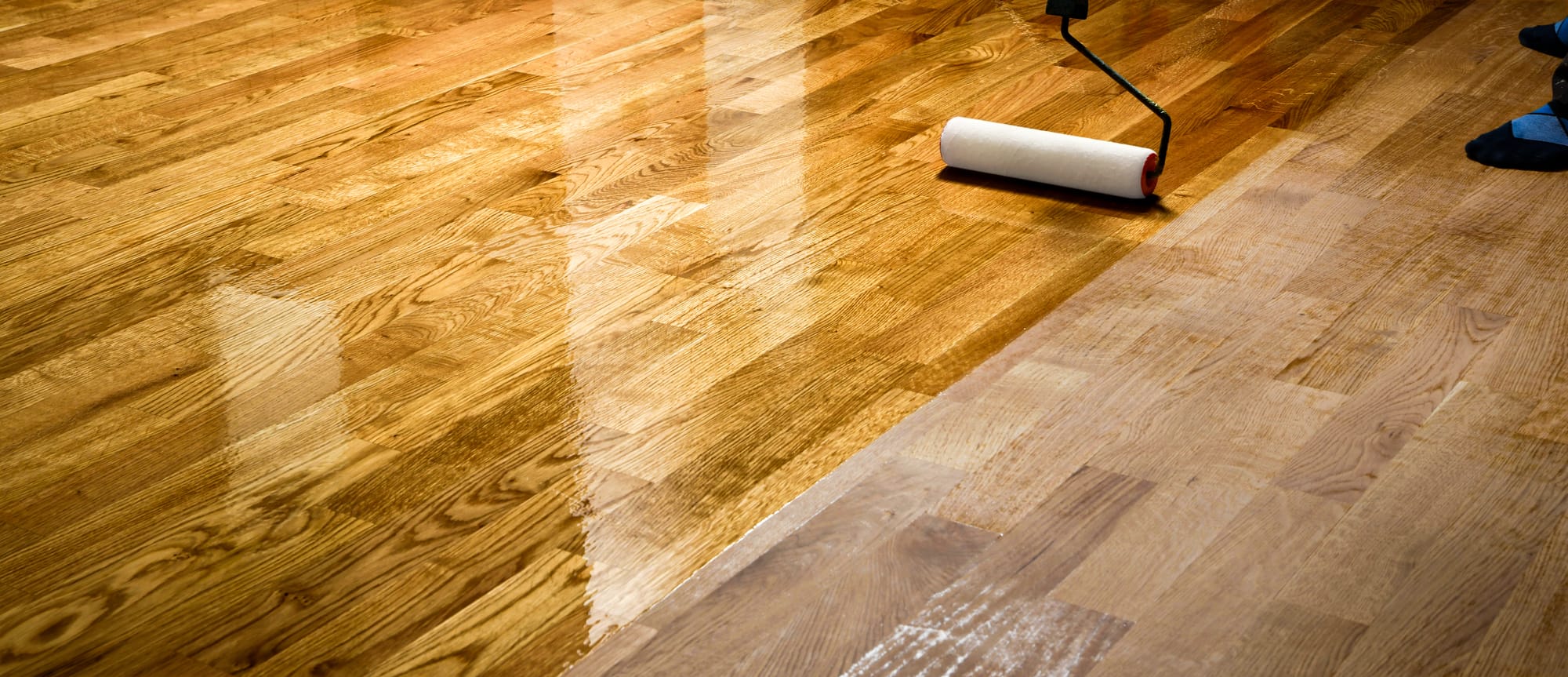What is Non-Toxic Flooring?
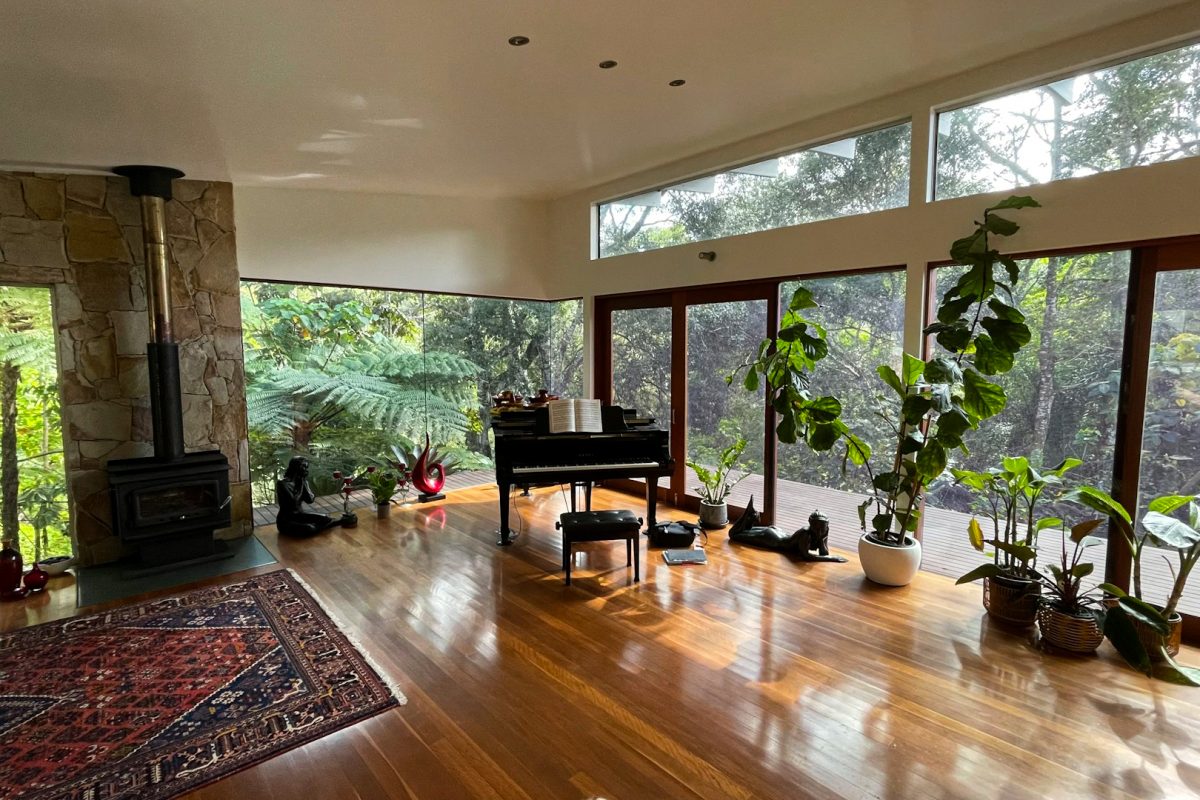
Non-toxic finishes are coatings applied to floors that are free from harmful chemicals or substances. These finishes are designed to be safer for both human health and the environment, typically made from natural and sustainable materials without toxic additives.
Most floor finishes contain VOCs, which are chemicals released into the air during application and drying. VOCs can negatively impact health and the environment, contributing to air pollution, greenhouse gas emissions, respiratory irritation, and allergic reactions.
In contrast, non-toxic finishes are specifically formulated to minimise or eliminate VOC emissions, making them a safer and more eco-friendly choice. Additionally, they have a more pleasant and less overpowering odour compared to their toxic counterparts.
Non-Toxic Hardwood Floor Polish
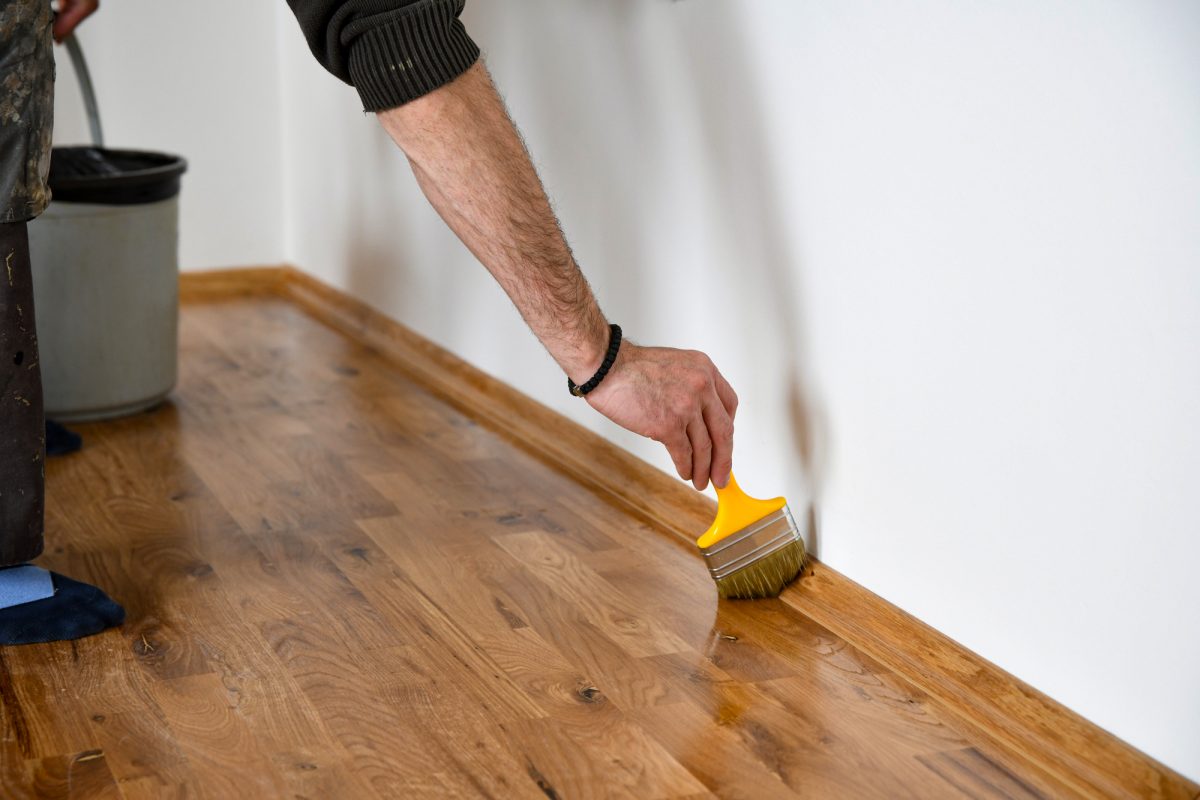
Not all non-toxic finishes are created equal. You can choose from the following types based on your unique requirements. These may include aesthetics, odour, sustainability, cost, and curing duration.
Below, you’ll find some of the most common types.
Water-Based Polyurethane
Plant-Based Finishes
Plant-based floor finishes are ideal if you want the least toxic flooring. They’re an eco-friendly alternative to traditional finishes, utilising natural ingredients derived from plants. Some of these include:
- soy,
- carnauba wax,
- beeswax,
- thistle oil,
- linseed oil,
- and tung oil.
In addition to their environmental benefits, plant-based finishes provide a durable and attractive protective layer.
They’re a sustainable option that enhances the natural beauty of the wood while being gentle on the planet, making them an excellent choice for environmentally conscious homeowners. The only downside is that they may take a few days to cure.
Shellac
Shellac-based finishes are derived from the natural resin secreted by the lac bug, making them a renewable and eco-friendly option. These finishes emit low levels of VOCs.
Shellac finishes dry quickly, allowing for efficient application and faster project completion. While they provide a beautiful, glossy finish that enhances the wood’s natural beauty, they are also susceptible to moisture and alcohol, requiring careful maintenance to preserve their appearance.
Oil-Based Low VOC Floor Finish
Some oil-based finishes are formulated with low VOC levels to minimise harmful emissions. These finishes typically offer excellent protection and durability while being less toxic than traditional oil-based options. They are suitable for those seeking the rich look of oil finishes but with reduced environmental and health impacts.
By choosing from these, you can achieve a beautiful and durable wood floor while maintaining a healthier indoor environment.
Considerations For Choosing a Non-Toxic Finish
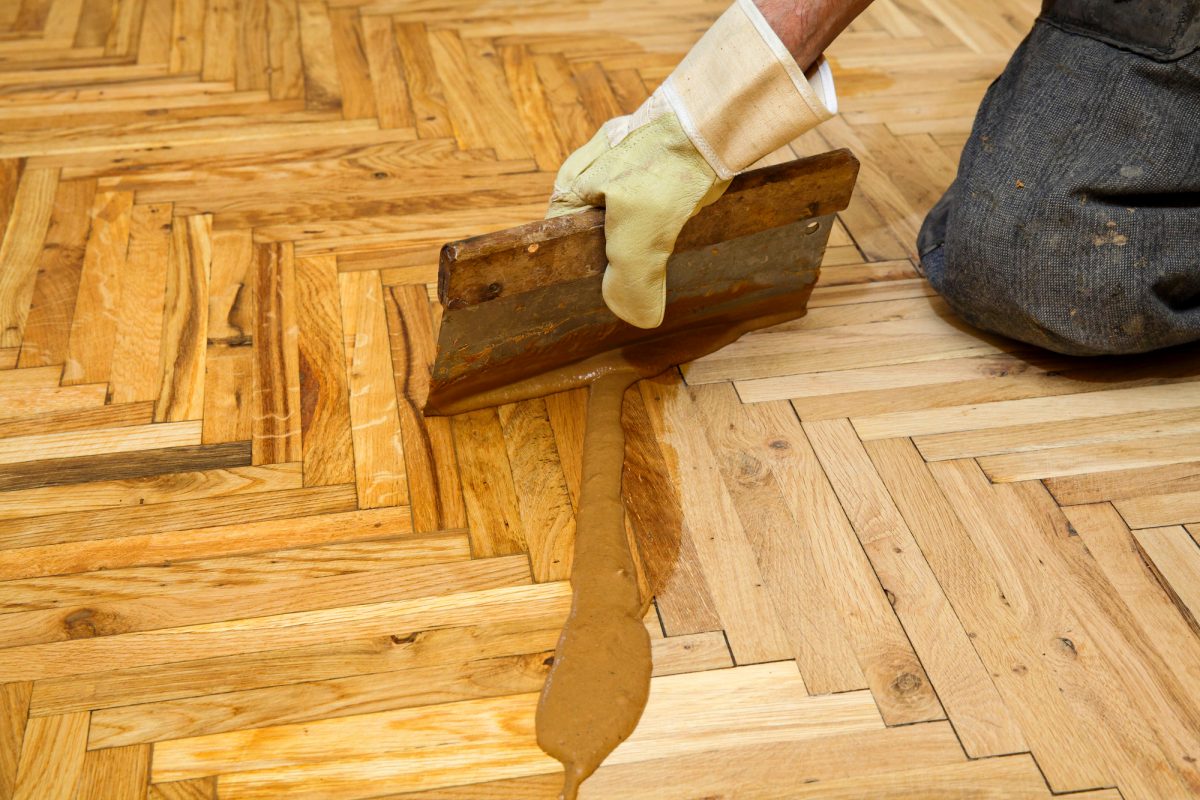
With numerous options available, it’s crucial to consider the key factors that contribute to a non-toxic finish. Key considerations include VOC content, certifications, formulation ingredients, and durability.
By carefully assessing these factors, you can choose a finish that not only enhances the beauty of your home but also ensures a healthier and more sustainable living environment.
VOC Content
According to the U.S. Environmental Protection Agency, indoor concentrations of VOCs can be 2-to-5 times higher than outdoor levels.
These compounds, found in many traditional finishes, can off-gas harmful chemicals long after application, posing significant health risks such as respiratory irritation, headaches, and even long-term health issues.
Look for products labelled VOC-free or those with minimal VOC emissions. VOC-free finishes are the safest option.
Certifications
Certifications are a reliable way to ensure the safety and environmental friendliness of a finish. Products certified by reputable third-party organisations, such as GREENGUARD, LEED, and FloorScore, have undergone rigorous testing to meet strict safety and environmental standards.
Choosing certified products not only ensures you are making a safe choice for your home but also supports manufacturers who prioritise environmental responsibility and consumer safety.
Formulation
Reviewing the list of ingredients in a floor finish is crucial to understanding its safety and toxicity levels. Natural, plant-based, or water-based formulations are generally safer and less toxic compared to those containing synthetic chemicals. These formulations are designed to minimise harmful emissions and are often made from renewable resources.
Avoid finishes that contain petroleum-based solvents, as these can release high levels of VOCs and other toxic compounds. Instead, opt for water-based finishes.
Durability
The durability of a finish is an essential factor to consider, as it directly impacts the longevity and maintenance needs of your flooring. A durable finish offers excellent wear resistance, protecting against scratches, stains, and UV damage.
This ensures your floors remain in good condition for longer periods, reducing the frequency of refinishing cycles and associated costs.
Long-lasting finishes are particularly beneficial in high-traffic areas or homes with pets and children, where floors are subject to more wear and tear. Investing in a high-quality, durable floor finish not only preserves the beauty of your wooden floors but also extends their lifespan, providing better value over time.
Healthy Floor, Happy Home
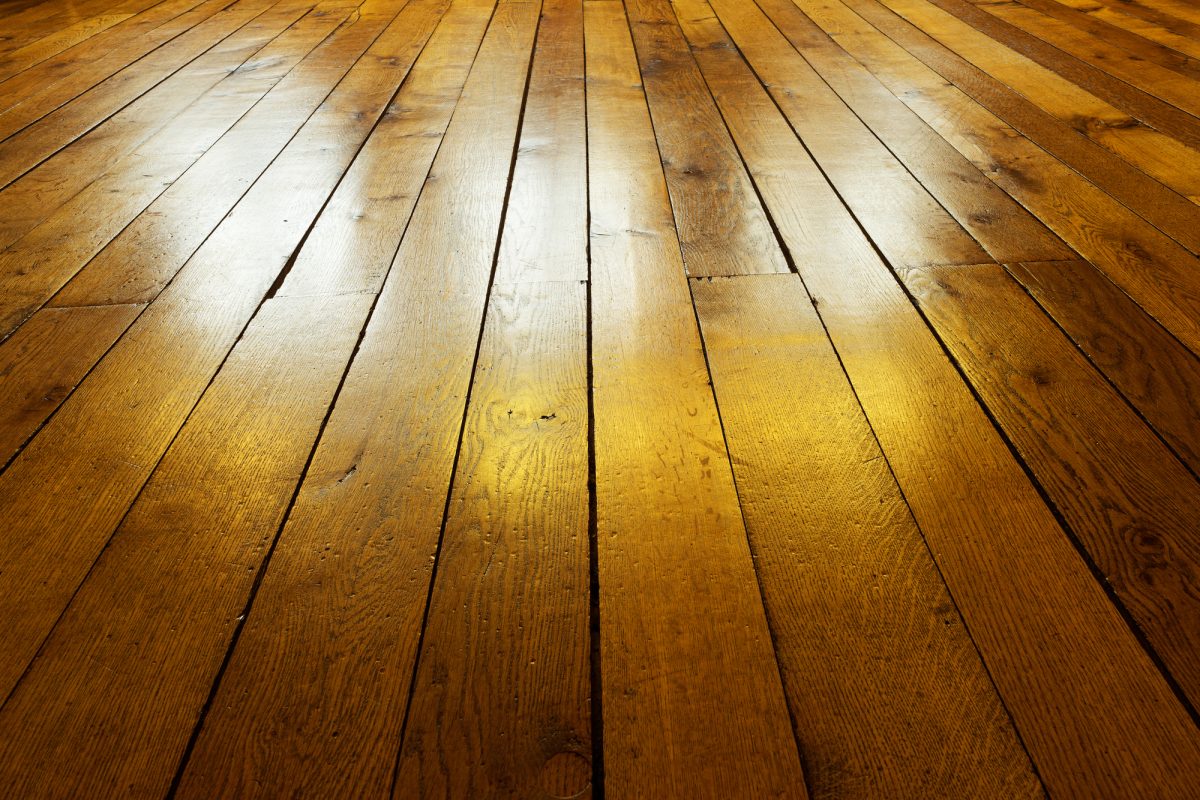
Selecting a non-toxic floor finish is crucial for maintaining a healthy indoor environment. Opting for options such as water-based polyurethane, plant-based finishes, or shellac can protect your health and the environment while achieving a beautiful and long-lasting finish.
Take the first step towards a healthier home and a greener future by contacting Abacus Flooring today. Our skilled professionals are ready to answer your questions, provide personalised recommendations, and schedule a consultation to discuss your flooring needs.


